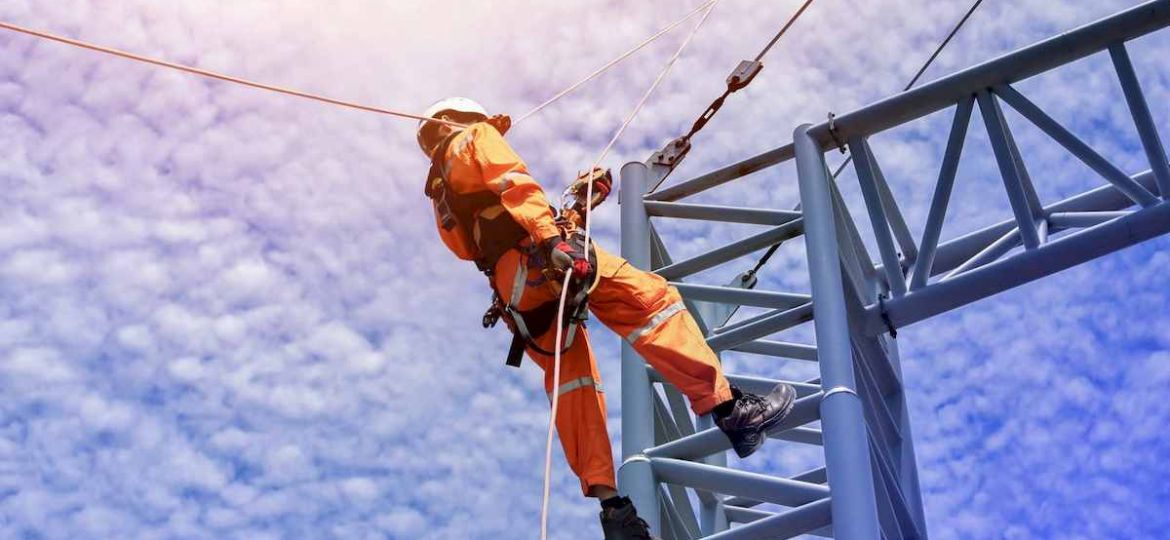
When we work at height we must know that there is always a risk of having a “fall from a height”. A mistake or a simple stumble can mean a fall of several meters and that your body is suspended from the harness.
To minimize the impact on our body it is vital that we are rescued in the shortest possible time, because if we do not act quickly, an accident at height can have fatal results.
What is suspended harness trauma?
When we are suspended from a harness, either from the dorsal or front point, blood circulation is compromised by the inguinal area. The longer we stay in that situation, the worse the consequences. This symptomatic picture is what is known as suspended harness trauma (HST or Harness Suspension Trauma) or suspension intolerance.
No matter how healthy we are, if several minutes go by without taking the pressure off the harness, we will continue to be at risk. We can minimize the effect of the HST by using trauma slings attached from the harness to support the legs and relieve some groin pressure, but we will continue to need rescue soon.
If after the fall we do not move and we remain in suspension, between the first 3 and 20 minutes we will experience symptoms such as loss of strength or even loss of consciousness.
First aid after a fall from a height
After a fall from a height, all the team involved must follow the rescue plan established in the protocol. However, here are some first aid tips that will surely be useful in cases of falls from a height.
- Notify the emergency teams so as not to waste a minute.
- Make sure you don’t put yourself at risk.
- Keep the suspended worker conscious, try to reassure him and find out his health.
- Rescue the victim and place her on the ground making sure to do so safely.
- Untie or remove the victim’s harness.
- Place the victim in a comfortable position.
- Analyze possible damage or let the emergency services do their work (injuries, airway obstruction, heart function, etc.).
- Take unconscious or long-term victims of suspended harness trauma to the hospital.
Remember never to lose your cool, as it is the best way to help a colleague who is suffering from a suspended harness trauma.


